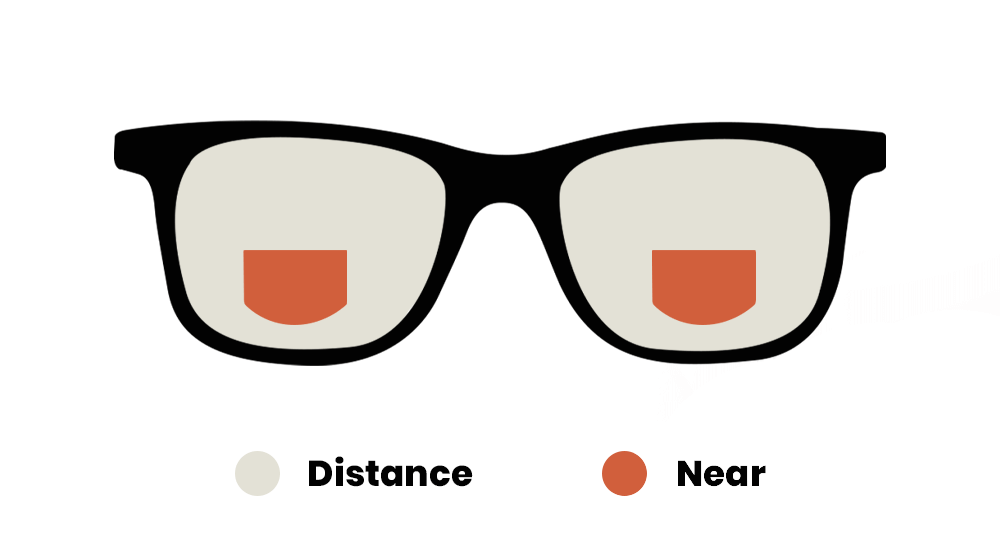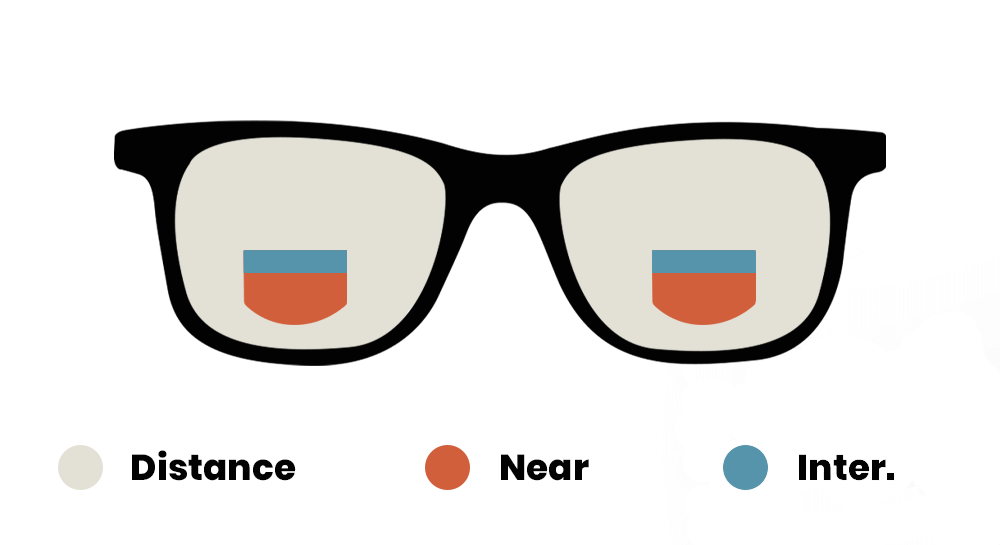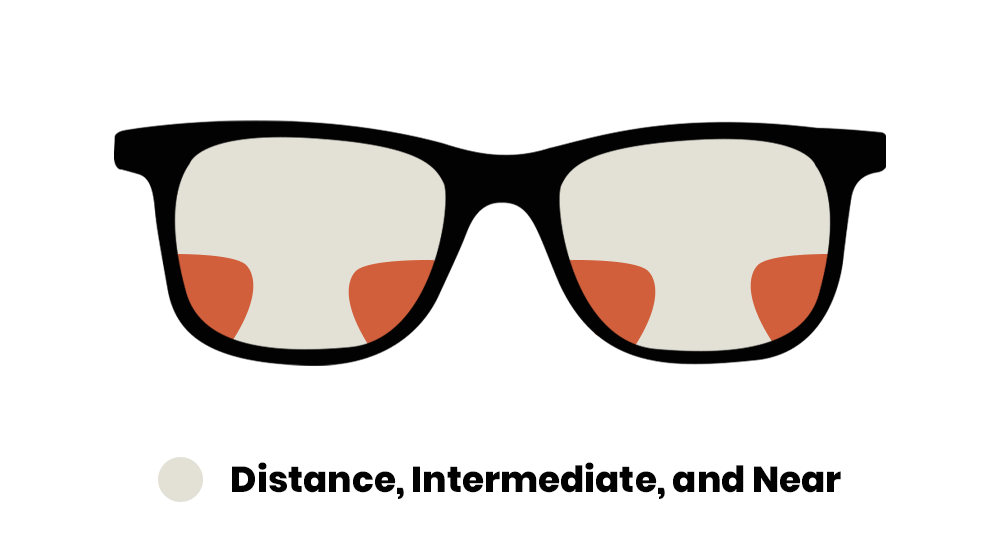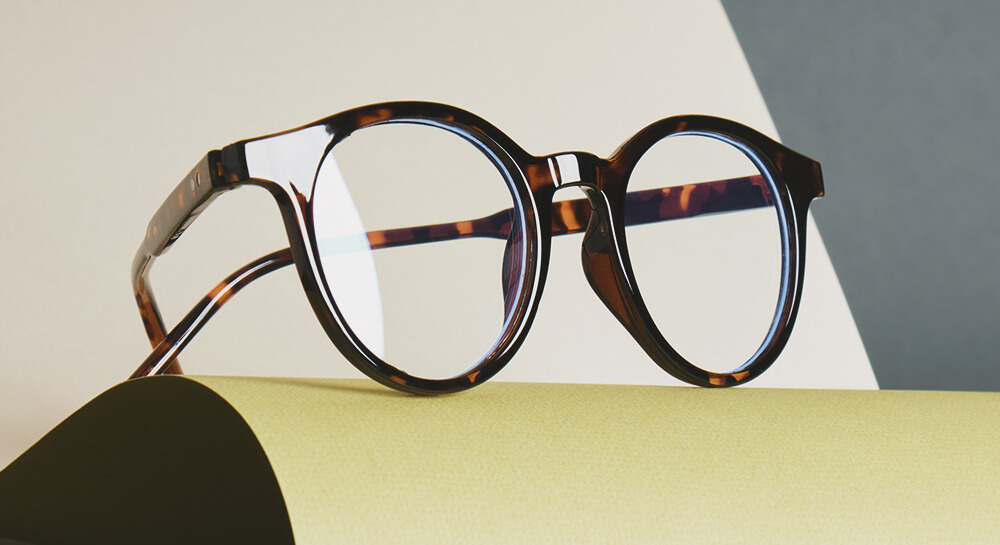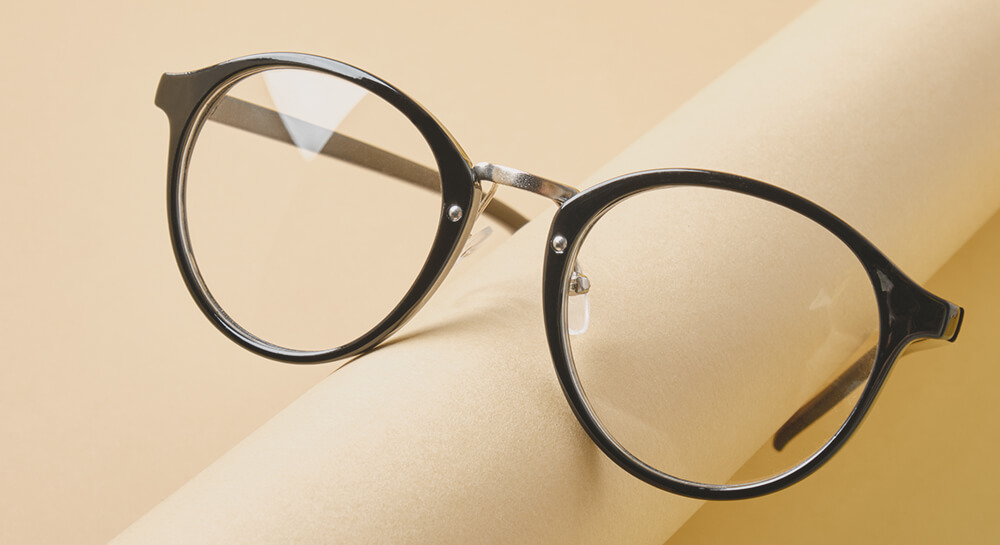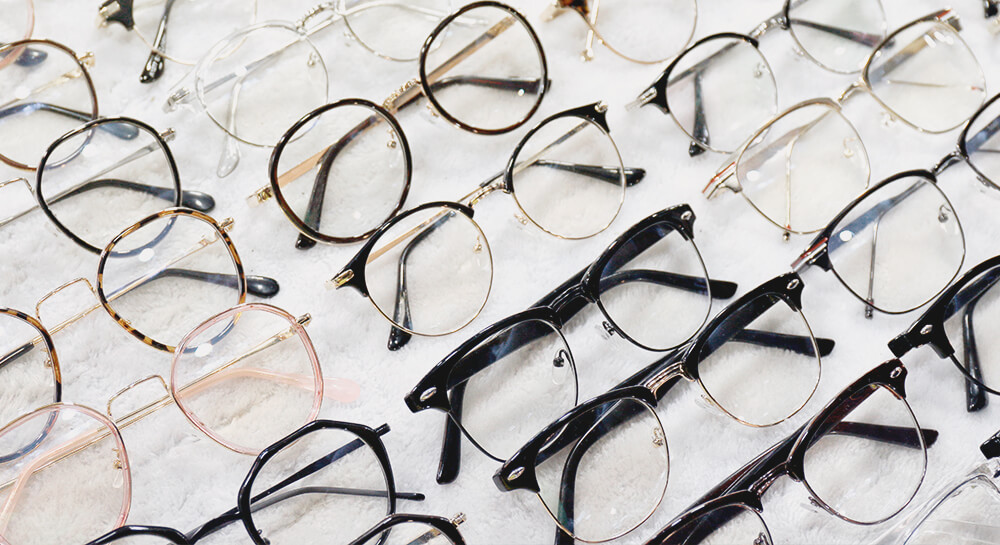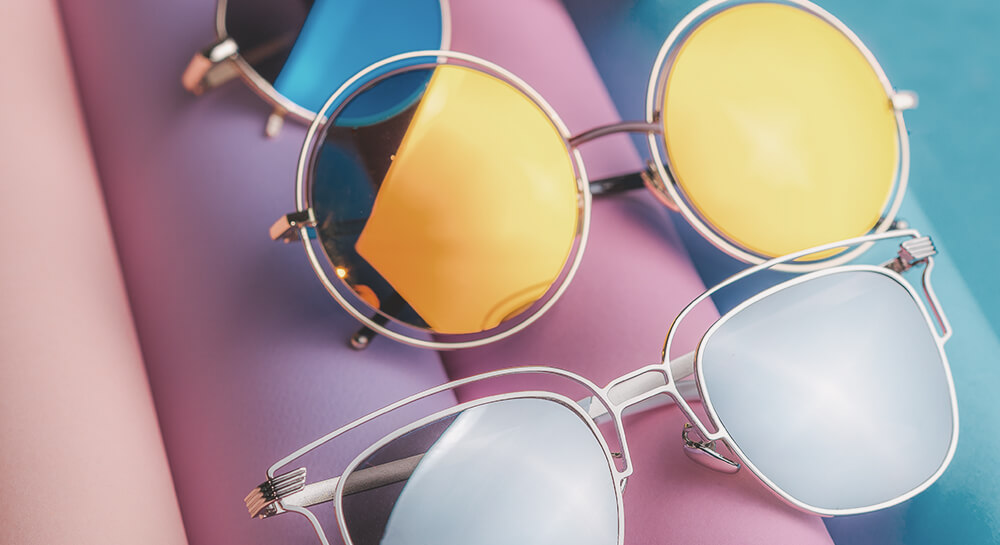If you wear glasses, you’ve probably heard about progressive lenses at some point. These innovative lenses are a popular solution for people with vision problems, especially those over 40 who begin experiencing presbyopia (a natural age-related condition where close-up vision becomes blurry). But what exactly are progressive lenses, and why are they such a go-to choice for so many people?
In this blog, we’ll dive into what progressive lenses are, how they work, and why they might be the perfect option for your eyewear needs.
What Are Progressive Lenses?
In short, progressive lenses are multifocal lenses that allow for clear vision at different distances—near, far, and in between—all in one lens. Unlike bifocals or trifocals, which have visible lines separating different lens powers, progressive lenses provide a smooth, gradual transition between these zones. This seamless design is more aesthetically pleasing and offers a more natural visual experience.
How Do Progressive Lenses Work?
Progressive lenses work by blending different prescriptions into one lens. The top part of the lens is designed for distance vision, such as when you’re driving or watching TV. The middle section helps you see things at an intermediate range, like looking at a computer screen. The bottom part of the lens is made for near vision, which is useful for activities like reading a book or texting on your phone.
This design mimics the natural focusing ability of your eye, helping you see clearly at all distances without needing to switch between multiple pairs of glasses.
Do Progressive Lenses Have Visible Lines?
The answer is NO—progressive lenses do not have the visible lines seen in traditional bifocals or trifocals. The lack of lines makes them a more popular choice for people who want a modern, sleeker look to their glasses. It also prevents the distracting “image jump” that sometimes occurs with lined multifocal lenses, where your vision abruptly shifts from one strength to another.
Are Progressive Lenses Hard to Get Used To?
The answer is YES, but only for a short while. It’s common to experience a brief adjustment period when you first start wearing progressive lenses. This is because your eyes and brain need time to adapt to the new way of focusing at different distances.
During this adjustment phase, you might feel slightly off-balance or notice some blurriness around the edges of the lenses. But don’t worry! Most people get used to their new progressive lenses within a few days or weeks.
Who Should Wear Progressive Lenses?
Progressive lenses are an excellent option for anyone who needs multiple prescriptions but prefers the convenience of a single pair of glasses. If you’re over 40 and finding it harder to read things up close (a condition known as presbyopia), progressive lenses can offer a seamless solution. They’re also great for people who already wear glasses for distance vision but now need help with reading as well.
That said, progressive lenses aren’t just for older adults. Younger people with complex vision needs can also benefit from them, particularly those with a condition like astigmatism combined with another vision issue.
What Are the Benefits of Progressive Lenses?
The biggest benefit of progressive lenses is convenience. Rather than having multiple pairs of glasses for different tasks (like one for reading and another for driving), you can have all your vision needs met with one pair. This saves you time and hassle throughout the day.
Other key benefits include:
- Natural Vision: Since progressive lenses mimic how your eyes naturally focus at different distances, many people find them more comfortable and intuitive than bifocals or trifocals.
- No Visible Lines: The smooth transition between prescriptions not only looks better but also helps avoid the abrupt changes in vision that can occur with lined lenses.
- Customizable Designs: Many progressive lenses are customized based on your specific lifestyle. For example, if you spend a lot of time working at a computer, your optician can tailor the lens design to give you a larger intermediate zone, making screen work more comfortable.
Are There Any Downsides to Progressive Lenses?
While progressive lenses offer many benefits, they may not be for everyone. One potential downside is that they can be more expensive than single-vision lenses or bifocals. This is due to the complex manufacturing process required to blend multiple prescriptions seamlessly into one lens.
Additionally, some people struggle with the peripheral distortion that can occur with progressive lenses. This happens because the lens focuses on different distances at once, leading to some slight blurring around the edges. However, high-quality progressive lenses minimize this issue, and many people don’t even notice it after the adjustment period.
How Much Do Progressive Lenses Cost?
The price of progressive lenses can vary widely based on factors like the brand, material, and level of customization. On average, you can expect to pay anywhere from $150 to $500 or more for a pair of progressive lenses. Premium options, such as those made from ultra-thin materials or with additional coatings (like anti-reflective or blue light filters), tend to be on the higher end of that range.
While the upfront cost is higher than single-vision lenses, keep in mind that progressive lenses can eliminate the need for multiple pairs of glasses, potentially saving you money in the long run.
Are Progressive Lenses Worth It?
The answer is YES—progressive lenses are worth it if you need multifocal lenses and prefer the convenience of having one pair of glasses for everything. They offer clear vision at all distances, a sleek, line-free appearance, and can be customized to fit your specific visual needs.
For many people, the added comfort and convenience far outweigh the initial learning curve or higher cost.
Progressive lenses are a modern, convenient solution for anyone with multiple vision prescriptions. By allowing you to see clearly at various distances without needing separate glasses for each task, they simplify life while providing a natural, seamless visual experience.
If you’re ready to make the switch, consult your optician at Heartland Optical about whether progressive lenses are right











